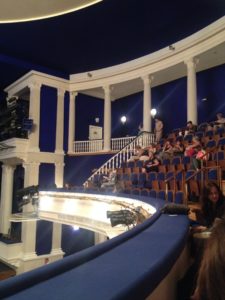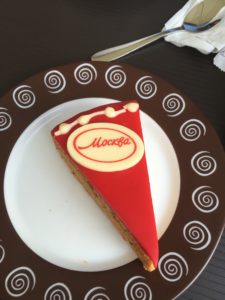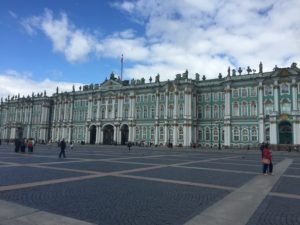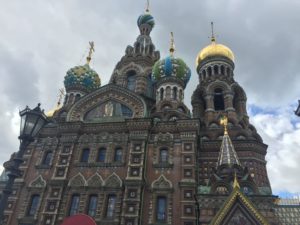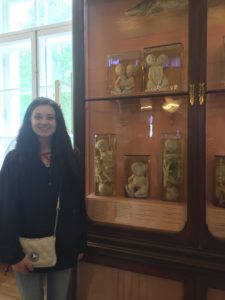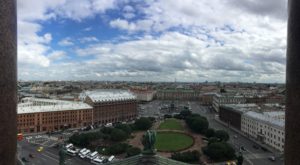- Reflect on your language learning and acculturation during your SLA Grant experience.
Spending time in Russia allowed me to make such incredible language gains as I never would have anticipated. The classroom instruction contributed to this hugely, as my classes were so incredibly small and we received instruction exclusively in Russian. When I did not understand a word, it was explained to me with the definition or other Russian synonyms, which expanded my lexicon hugely. It was also phenomenal to be able to take what I learned in the classroom and apply it immediately off campus at the grocery store, restaurants, social contexts, etc. Engaging with the local people and their culture allowed me to further practice my language and learn nuances and slang that are only available to native speakers who evolve with and help shape their language. It was a privilege to learn from my Russian peers and professors, and I believe their guidance helped me reach the benchmarks I set for myself before this experience on the route to achieving language fluency.
- Reflect on your SLA Grant experience overall.
I find that this experience has given me a more multidimensional understanding of Russian culture and mentality. Through conversations with natives, I heard a variety of perspectives about topics ranging from the economy to pop culture to Putin. From a linguistic standpoint – I cannot emphasize enough how valuable it was to hear the language spoken as it was intended on a daily basis. I was able to correct many mistakes I had no idea I had been making and drastically improve my accent because of the language immersion. It is important to take full advantage of such a rich experience and not be afraid of making mistakes in speech. Without leaps of faith, there can be no progress. Such is with learning a foreign language.
- How do you plan to use your language and intercultural competences in the future? My summer experience has already begin to pay off in the Fall 2016 semester. As I have begun my Advanced Russian class, many of the skills of language learning I developed over the summer have been useful. Additionally, literary topics discussed have already overlapped, and I have been able to bring in information about Golden Age figures like Turgenev and Dostoevsky that my teachers in Russia shared with me. Stronger speaking and writing skills have served me in the classroom, but the improvement of my reading comprehension has allowed me to look at some primary sources in Russian at the library. This will be especially important to me as I move forward in my academic career and build a thesis. Research skills in my target language will give me access to a greater range of resources and perspectives. I can’t wait to continue building my language competency in Russian and very much hope that it will bring me back to the political capital of the country, whether it be for research or in my professional life. Regardless, I will use the skills acquired over this summer to be the best cultural ambassador that I can be.
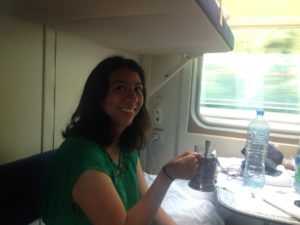
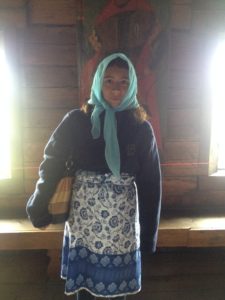
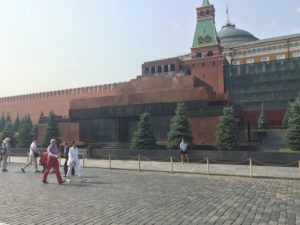
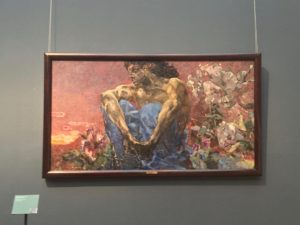
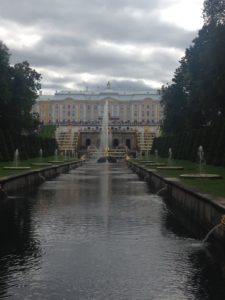
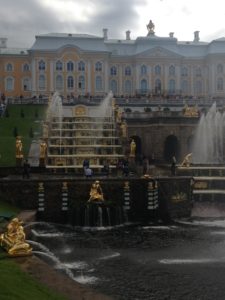
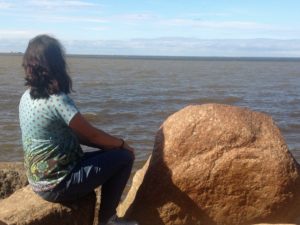
![IMG_2185[1]](http://blogs.nd.edu/sla2016/files/2016/07/IMG_21851-300x225.jpg)
